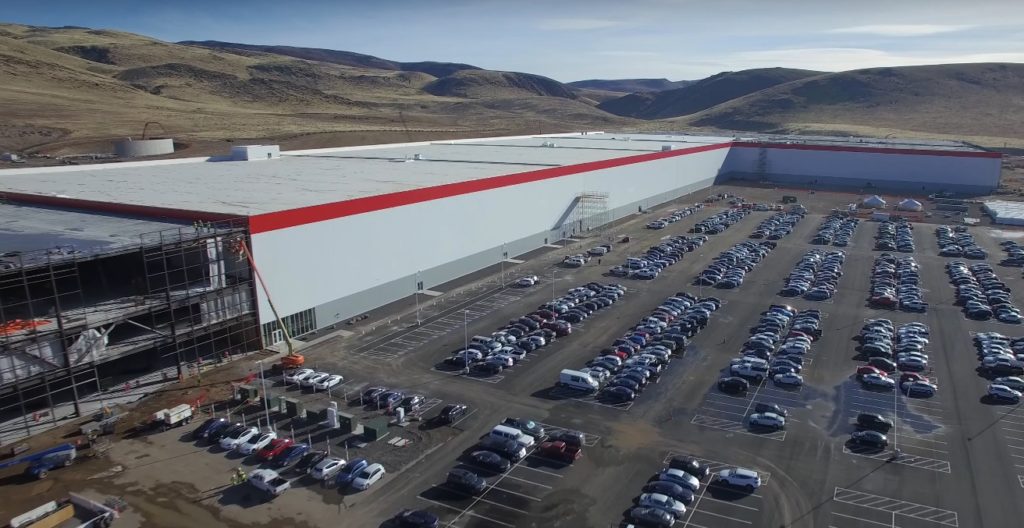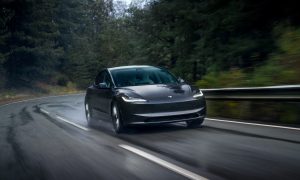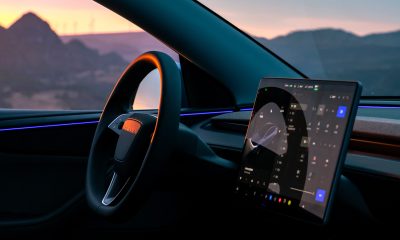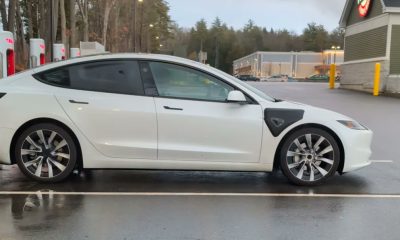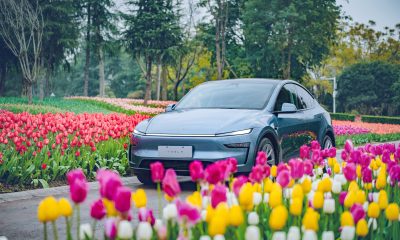News
Tesla Gigafactory will begin Model 3 battery cell production in Q2
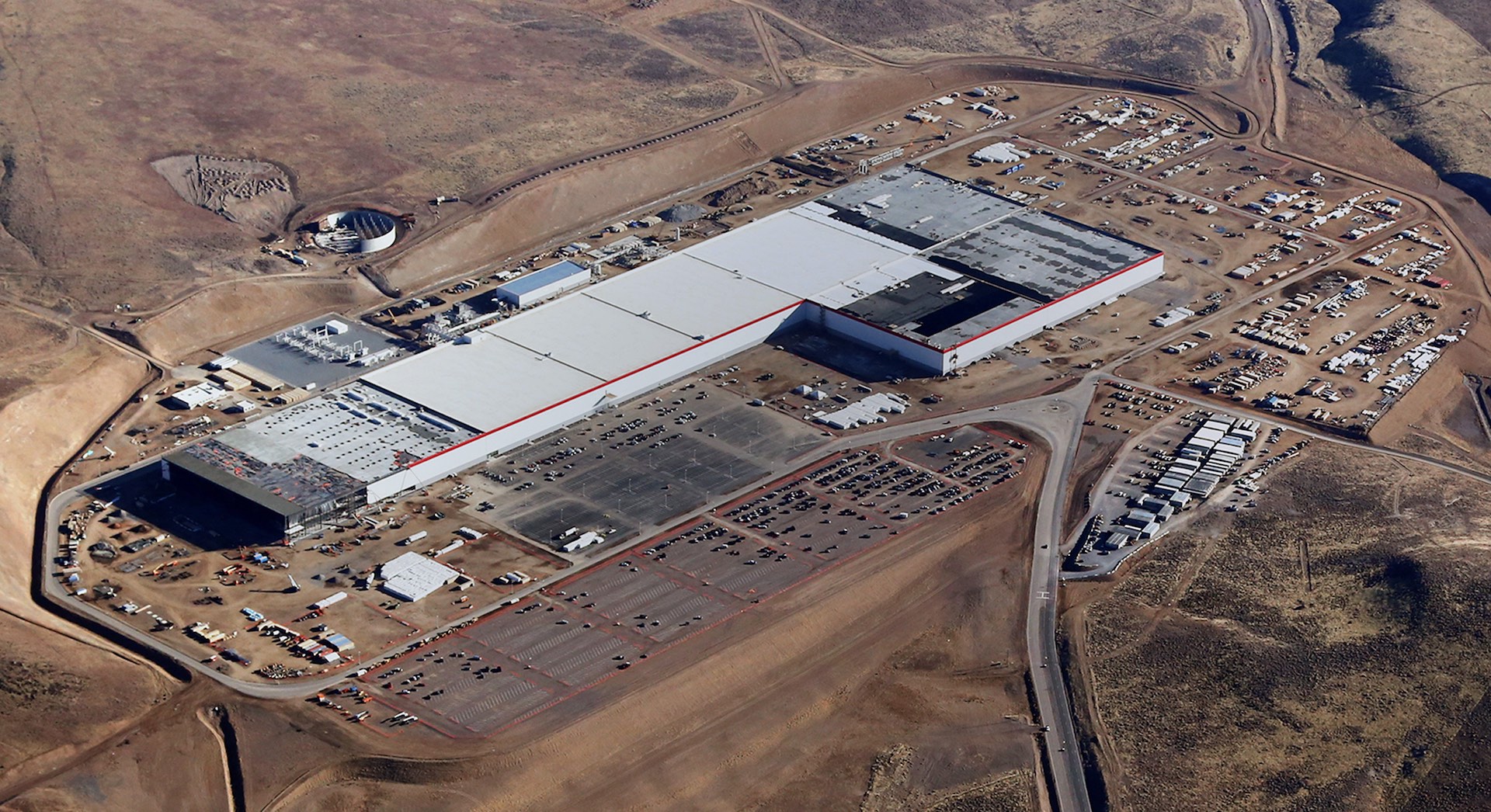
Tesla announced today that it has begun mass production of lithium-ion battery cells to be used in the company’s line of energy storage products and the much anticipated Model 3 sedan, from its Gigafactory battery plant in Sparks, Nevada.
A tour of Tesla’s Gigafactory last summer showed that the company was already building high performance ‘2170’ battery cells in conjunction with strategic partner Panasonic from the $5 billion battery facility. The new cell format, 21 millimeters in diameter and 70 millimeters long, provides significant improvements in energy density over the more traditional 18650 cells currently being used on its fleet of vehicles.
“The high performance cylindrical “2170 cell” was jointly designed and engineered by Tesla and Panasonic to offer the best performance at the lowest production cost in an optimal form factor for both electric vehicles and energy products.” says Tesla through a press release.
"we're Ludicrously aggressive" with our battery production. "Robot colleagues" move material across #Gigafactory. pic.twitter.com/Lg05BEtLxB
— TESLARATI (@Teslarati) July 30, 2016
Inline with our recent report that the Gigafactory has completed construction on new sections on the north and south ends of the main building – as seen through a drone flyover video – and effectively doubling the size of the plant, Tesla announced through today’s press release that its current structure is nearly 30 percent done.
“Already, the current structure has a footprint of 1.9 million square feet, which houses 4.9 million square feet of operational space across several floors.” says Tesla, adding, “we are still less than 30 percent done. Once complete, we expect the Gigafactory to be the biggest building in the world.”
Tesla is taking a phased approach with building out additional sections at the Gigafactory so that Panasonic and other partners operating within the facility can begin manufacturing immediately inside completed areas. The process will allow the company to maintain a high level of efficiency as it learns from the build-out of each zone, and improve on its “construction and operational techniques” in an effort to ultimately drive down the cost of energy storage.
“With the Gigafactory online and ramping up production, our cost of battery cells will significantly decline due to increasing automation and process design to enhance yield, lowered capital investment per Wh of production, the simple optimization of locating most manufacturing processes under one roof, and economies of scale. By bringing down the cost of batteries, we can make our products available to more and more people, allowing us to make the biggest possible impact on transitioning the world to sustainable energy.”
With nearly 400,000 reservations placed on Tesla’s upcoming mass market Model 3, which the company says through its website will see first deliveries beginning at the end of this year, mass production of 2170 battery cells couldn’t be more important. Tesla will likely provide additional insight on Model 3 progress as it closes the first quarter and begins production on vehicle components including the battery pack for its affordable long-range electric car.
Investor's Corner
LIVE BLOG: Tesla (TSLA) Q1 2025 Company Update and earnings call
The following are live updates from Tesla’s Q1 2025 earnings call.
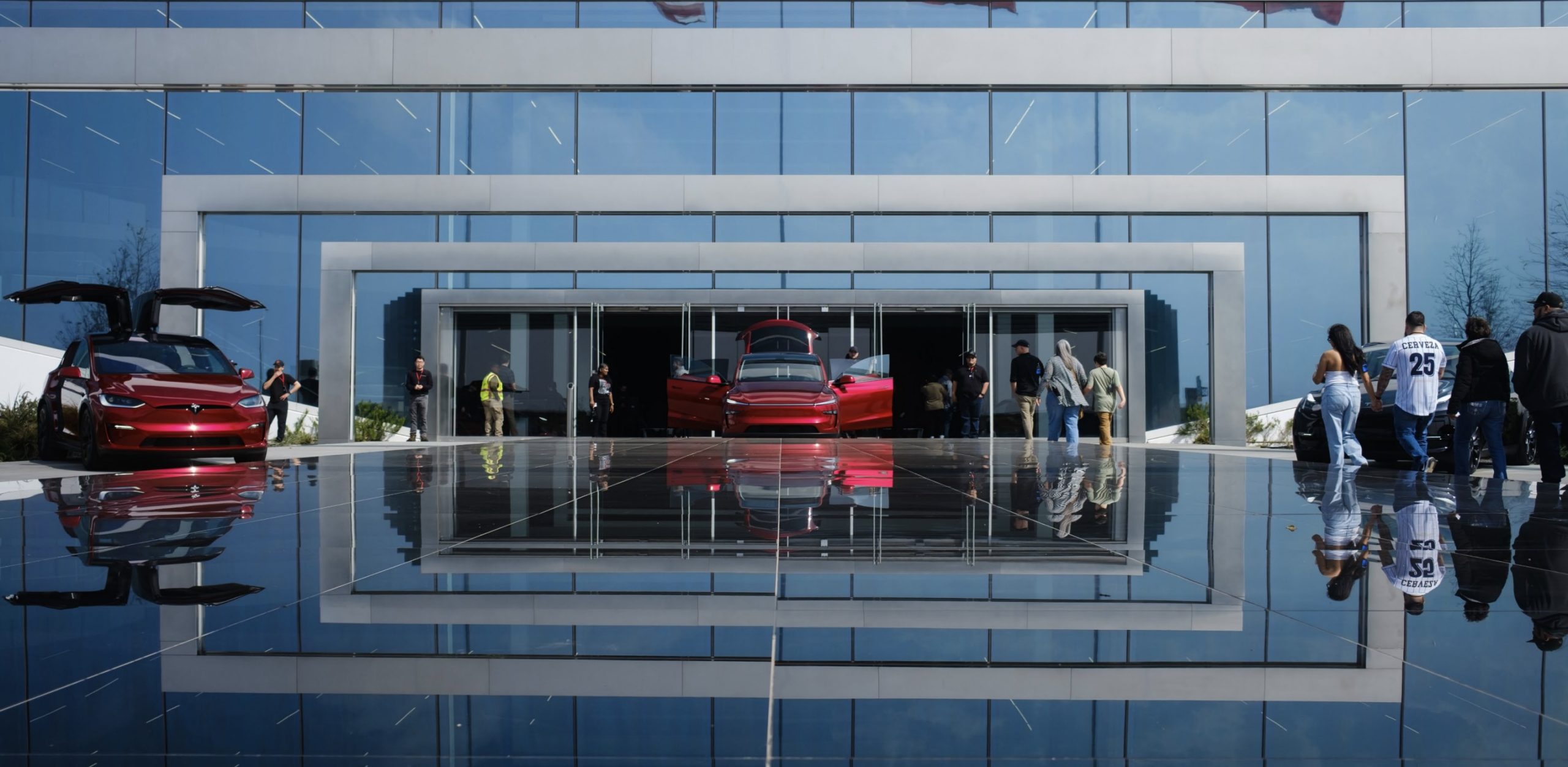
Tesla’s (NASDAQ:TSLA) Q1 2025 earnings call comes on the heels of the company’s Q1 2025 Update, which was released after the closing bell on April 22, 2025.
Tesla’s Q1 2025 Results:
- Total Revenues: $19.3 billion
- Total automotive revenues: $13.967 billion
- Total GAAP gross margin: 16.3%
- Gross Profit: $3.15 billion
- EPS non-GAAP: $0.27 per share
- Free cash flow: $664 million
The following are live updates from Tesla’s Q1 2025 earnings call. I will be updating this article in real time, so please keep refreshing the page to view the latest updates on this story.
16:20 CT – Hello, and happy earnings day to everyone! While Tesla missed the Street’s expectations, the stock has not shown its typical volatility at all. That being said, this earnings call is quite interesting due to the upcoming “Company Update.”
Tesla also reiterated its section about new vehicles that “remain on track for start of production in the first half of 2025” in its Update Letter. What are these vehicles? Just variants of the Model 3 or Model Y? Was the Cybertruck LR RWD one of them already? Or are they actually new cars that we’ve just never seen before?
Either 10, ten minutes and counting.
16:27 CT – Now I’m just curious if the Company Update will be a video. The thumbnail Tesla is using on X and YouTube shows an “Audio Webcast Only” graphic though. Three minutes and counting.
16:28 CT – And there’s the music. Wonder if it’s going to be on time.
16:34 CT – Annd we’re now on the Elon time threshold. Tesla stock is actually up 4% in after-hours today. Pretty nutty considering that the Q1 earnings are a miss.
16:36 CT – The earnings call is formally starting. Here we go.
Tesla’s livestream of its Q1 2025 Company Update and earnings call can be viewed below.
Investor's Corner
Tesla (TSLA) releases first quarter 2025 earnings results
Tesla’s quarter-end cash, cash equivalents and investments stand at a healthy $37 billion.
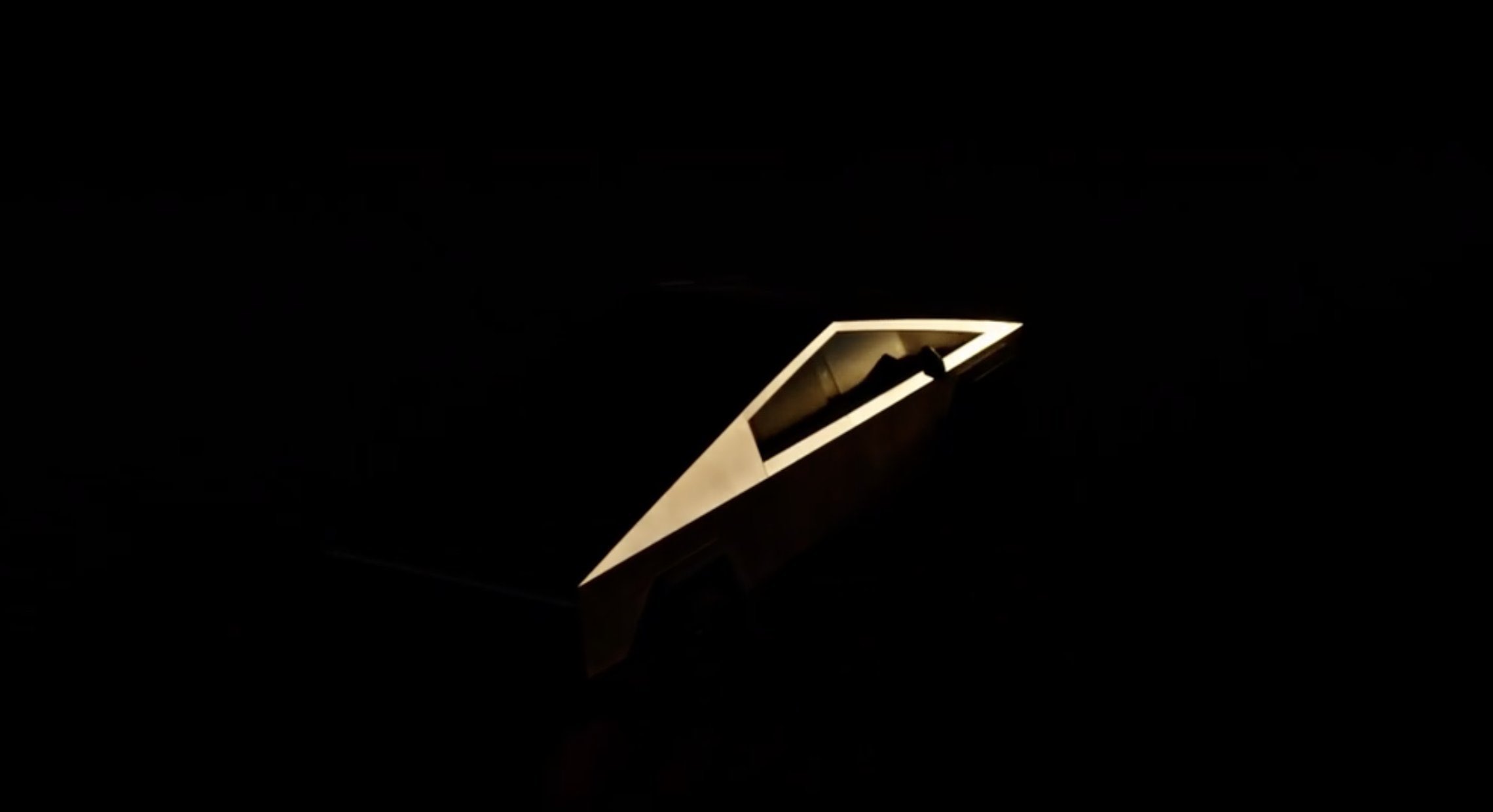
Tesla’s Q1 2025 earnings were released in an Update Letter, which was posted on the company’s Investor Relations website after markets closed today, April 22, 2025.
Tesla Q1 2025 Deliveries
Tesla’s first quarter vehicle deliveries fell short of expectations, with the EV maker delivering a total of 336,681 vehicles, comprised of 323,800 Model 3/Y and 12,881 other models, worldwide. Vehicle production was at 362,615 units in the first quarter, comprised of 345,454 Model 3/Y and 17,161 other models.
Tesla Energy continued its momentum in Q1 2025, with the division deploying 10.4 GWh of energy storage products during the quarter.
What Wall Street Expects
As noted in a Forbes report, expectations are high that Tesla will report a gain of $0.35 per share on $21.85 billion in revenue, though whisper numbers suggest that the company will only post a gain of $0.31 per share. Analysts polled by FactSet expect Tesla to see an EPS of $0.41 per share on revenues of $21.27 billion, as noted in an Investors’ Business Daily report.
Tesla’s Q1 2025 Results In a Nutshell
Following are highlights of Tesla’s Q1 2025 update Letter:
- Total Revenues: $19.3 billion
- Total automotive revenues: $13.967 billion
- Total GAAP gross margin: 16.3%
- Gross Profit: $3.15 billion
- EPS non-GAAP: $0.27 per share
- Free cash flow: $664 million
Key Updates:
Tesla’s total revenue decreased 9% YoY to $19.3 billion YoY. This was due to a decline in vehicle deliveries, in part due to the new Model Y changeover and reduced vehicle average selling price (ASP), among other factors.
Tesla is still profitable, though operating income decreased 66% YoY to $0.4 billion. This also resulted in a a 2.1% operating margin. Tesla’s profitability in the first quarter was affected by reduced vehicle ASP, a decline in vehicle deliveries, and an increase in operating expenses driven by AI and other R&D projects partially offset by a decrease in SG&A, among other factors.
Tesla’s quarter-end cash, cash equivalents and investments stand at a healthy $37 billion. The sequential increase of $0.4 billion was primarily the result of positive free cash flow of $0.7 billion.
Below is Tesla’s first quarter 2025 Update Letter.
TSLA-Q1-2025-Update by Simon Alvarez
This article is being updated.
News
Tesla is thriving in Japan and outpacing homegrown EVs
Imports, which include vehicles from Tesla and BYD, now claim about 75% of overall EV sales in the country.
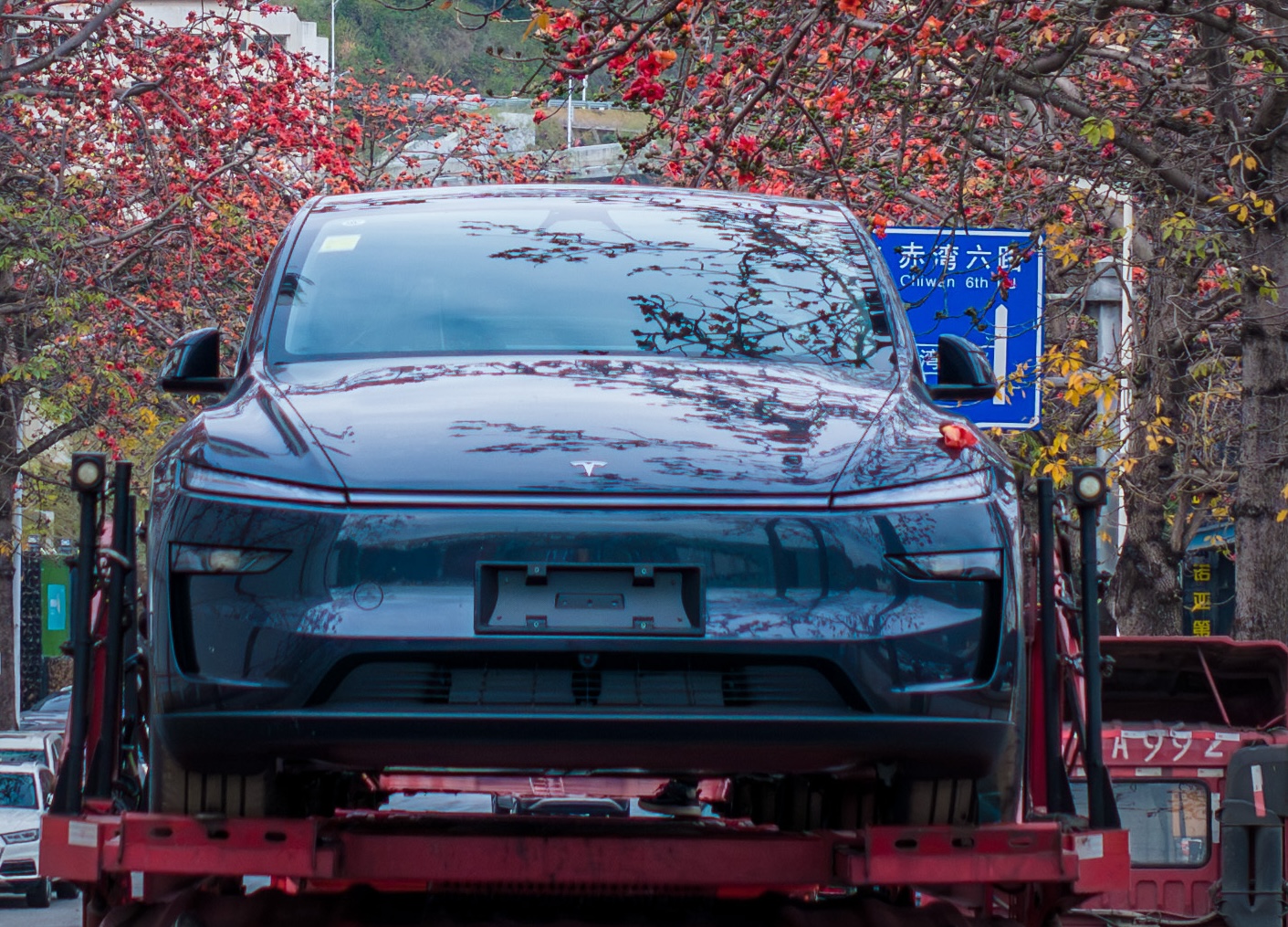
Tesla is seeing robust sales in Japan. This was hinted at in data from the Japan Automobile Importers Association’s “others” category, which indicated a 56% yearly increase to 2,120 units in Q1 2025.
Tesla constitutes most of the vehicles in the Japan Automobile Importers Association’s “others” category, as noted in a Nikkei Asia report.
Japan’s Tesla Boom
Car sales by “others” in Japan soared 89% to 1,249 units in March, a monthly high, Nikkei noted. Fueling this surge in vehicle demand seemed to be the rollout of the new Model Y, as well as incentives like a five-year free Supercharging offer for previous-generation Model Y units.
Japan’s overall electric vehicle market, however, shrank 33% to 59,736 units in 2024, comprising under 2% of total auto sales, the lowest among major economies. Imports, which include Tesla and BYD, now claim about 75% of overall EV sales in the country.
Weak Local Competition
One of the reasons behind Tesla’s surge in Japan could be the subpar EVs offered by Japanese automakers. So far, only eight models are available from homegrown automakers, and none could really hold a candle to vehicles like the new Model Y in terms of features and performance.
This was highlighted by the Nissan Leaf, which saw a 32% sales drop to 1,133 units, and the Toyota bZ4X, which saw a 76% drop in sales to just 85 units in the first quarter. Combined, Japanese brands sold a total of 2,063 EVs, less than Tesla’s estimated figures for the quarter.
Yoshiaki Kawano, an analyst at S&P Global, noted that the weak EVs from Japan’s homegrown automakers result in consumers opting for imported vehicles like Teslas. “There are few homegrown EV options, so in some cases people who want to buy EVs reluctantly choose imports,” Kawano stated.
-
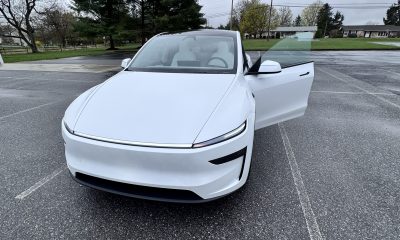
 News2 weeks ago
News2 weeks agoI took a Tesla new Model Y Demo Drive – Here’s what I learned
-
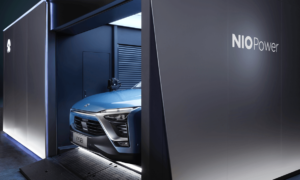
 News2 weeks ago
News2 weeks agoNIO Hong Kong shares rise as CATL eyes stake
-
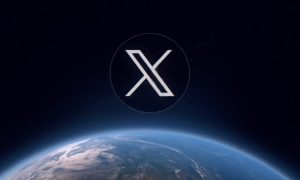
 News2 weeks ago
News2 weeks agoElon Musk’s X tightens rules on parody accounts
-
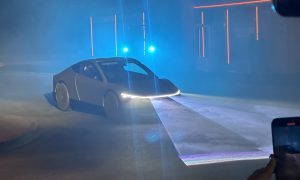
 News2 weeks ago
News2 weeks agoTesla cleared of some claims in Blade Runner lawsuit
-

 News2 weeks ago
News2 weeks agoElon Musk reportedly appealed to Trump over aggressive tariff policy: WaPo
-
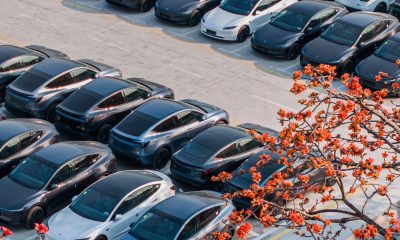
 News2 weeks ago
News2 weeks agoTesla China focuses on exports as Q2 begins
-
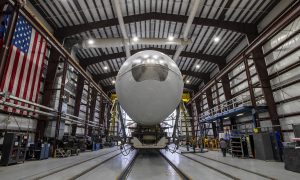
 News2 weeks ago
News2 weeks agoSpaceX takes over Space Force satellite mission from ULA
-
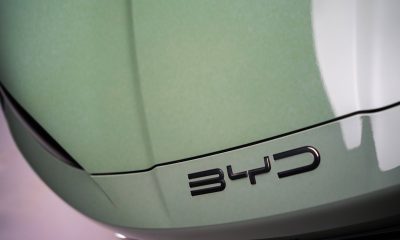
 News2 weeks ago
News2 weeks agoIndia blocks BYD investments amid China concerns

